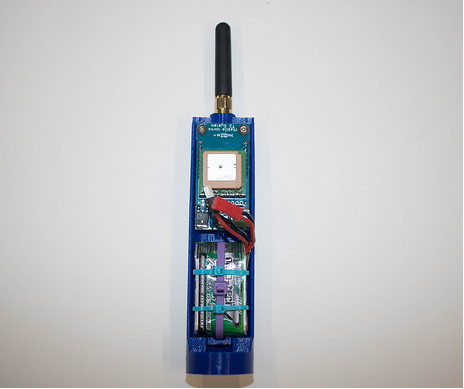Nathan
☢
- Joined
- Apr 19, 2012
- Messages
- 2,230
- Reaction score
- 755
The Missileworks T3 has an option to get the transmitter with either a wire whip antenna or an RP-SMA connector to attach an antenna. They show a picture of it with a stubby antenna attached but they don't sell the antenna. Where can I get an antenna like this that will work with the T3 transmitter? I need a short one like this for it to fit in my smallest rocket.





